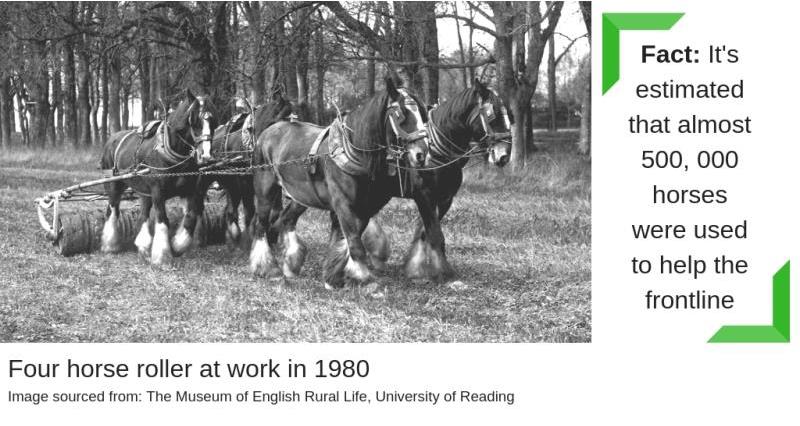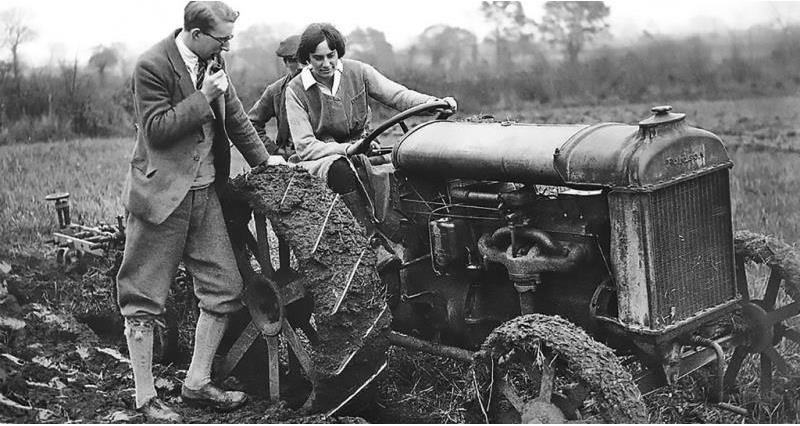In order to become more sufficient, farms had to modernise. Growers needed to increase their output while overcoming a dwindling workforce – around 170,000 male farm labourers went to the front line along with more than half a million working horses requisitioned by the British Army.
As well as finding a new labour supply – thankfully the formation of the Women’s Land Army in 1917 provided 98,000 new workers – farmers also had to embrace new power sources.
Before 1914, everything was incredibly labour-intensive, with most equipment either horse-drawn or hand-held, but as time went on, steam engines, other equipment and motorised tractors became more common sights in Britain’s fields.
In 1917 the government bought 400 British Saunderson Tractors and a further $3.2 million was invested in US models such as the Fordson, as farmers embraced more efficient means of production.
“There was definitely an increase in the rate of mechanisation, although it’s important to remember that tractors during World War One were heavy, clunky, unreliable and slow,” says Prof Burchardt.
“They were most useful for ploughing heavy land where power was crucial but could not be used on boggy land or slopes.
“They were so slow that sometimes farmers left them in the fields at the end of a day’s work because it was quicker to walk back to the farm and start from where they left off the next day! There was also a certain amount of improvised mechanisation with cars adapted to pull/power bailers too.”

During the first year of the war the British countryside was virtually emptied of horses, from the heavy draft horses such as the Shire and Suffolk Punch through to lighter riding ponies. Crucial to agriculture at the time, the impact of having their finest and most beloved horses requisitioned was immense on farming families.
The horses were transported to the ports where they were hoisted onto ships to cross the Channel. On arrival in France they would soon be confronted by the horrors of the front line, either as cavalry horses or beasts of burden.
Many of the men, grooms, infantrymen, cavalrymen and others formed close bonds with the horses in their charge, but they could do little to mitigate the horrors faced by most of the horses.
Farming and the First World War homepage
How the countryside recovered from World War One?
Farming and the First World War: The role of stately homes
Farming and the First World War: Wartime women
Farming and the First World War: Food supply
Farming and the First World War: The humble pea
Farming and the First World War: The Women's Land Army
Farming and the First World War: The blind farmer
The Few That Fed The Many: Special publication on the role farming played during World War One?
